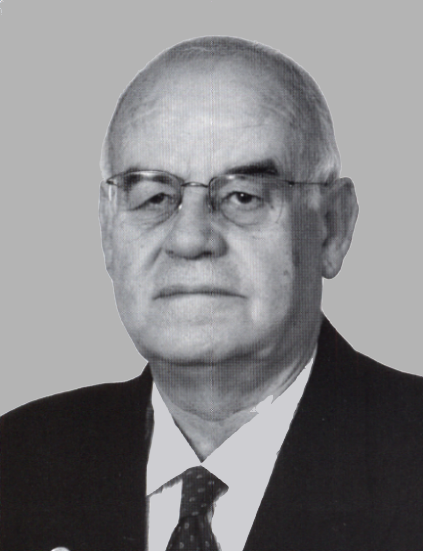Henoc Traditions in Rabbinic Literature
DOI:
https://doi.org/10.30827/meahhebreo.v53i0.189Keywords:
Enoc, Rabbinic literatureAbstract
The biblical writer (Gn 5:21-24) called attention to the enigmatic figure of Enoch in several ways: he holds the seventh position of the patriarchal genealogy and his full earthly life span is far and away the lowest. Many other traditions not present in the Bible are fully elaborated in the apochryphal cycle of Enoch (Ethiopic, Slavonic, and Hebrew books of Enoch). Within the Qumran community the figure of Enoch became particularly relevant. Moreover, since he was mysteriously removed by God, he was well qualified to be a revealer of heavenly secrets. Although all this makes of him a special patriarch, bound to be hold in the highest esteem by the rabbis, none of the legends linked to him left any trace in the authoritative rabbinic sources, even though they are well known to the ancient writers. Surprisingly enough, in the Mishnah and in both Talmudim (from Jerusalem and Babylon) no mention is made of Enoch: as time passed, he may have become not so much an unusual character in the Hebrew Bible as a symbol for the apocalyptic thought. The only Tannaitic mention of Enoch is found in a section of Midrash ha-Gadol, and very few references to the patriarch appear in the Midrashic corpus (the one in Genesis Rabbah stands out). These sources show a great variety of views (possitive or negative) regarding the patriarch, a fact also found in the targumim and in Philo, Ben Sira, or the Wisdom of Solomon. If Enoch died like any other human being or, on the contrary, he was translated alive into heaven (so LXX, Ben Sira, Josephus, Pseudo-Jonathan, Hebrews) is the main dispute.Downloads
Download data is not yet available.
Downloads
Published
2004-12-27
How to Cite
Vegas Montaner, L. (2004). Henoc Traditions in Rabbinic Literature. Miscelánea De Estudios Árabes Y Hebraicos. Sección Hebreo, 53, 509–533. https://doi.org/10.30827/meahhebreo.v53i0.189
Issue
Section
Articles
License

Este obra está bajo una licencia de Creative Commons Reconocimiento-NoComercial 4.0 Internacional.












